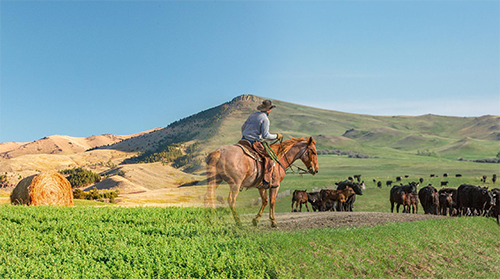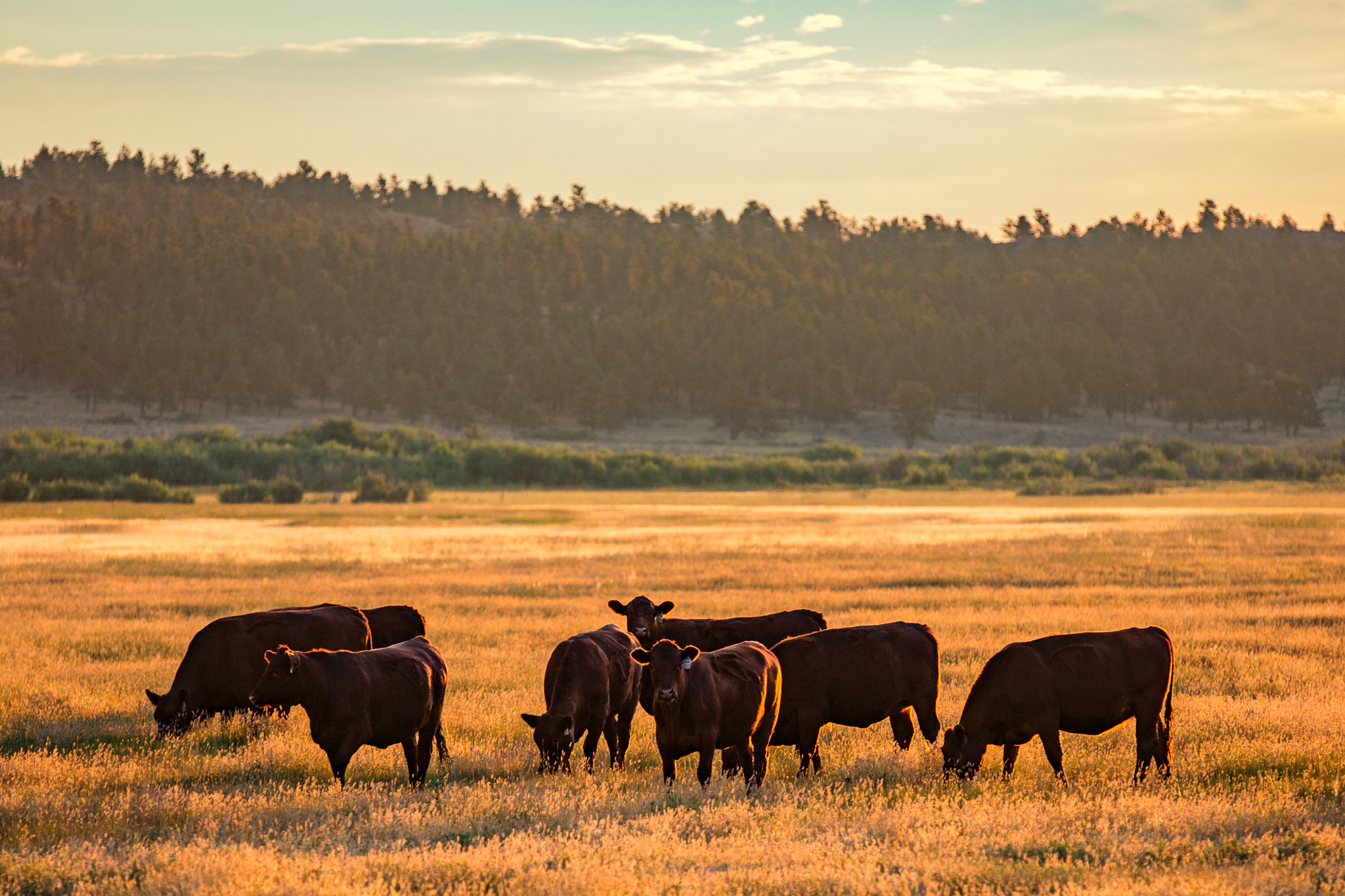Climate Pollution Reduction Grant

Montana has been awarded $50 million from the Environmental Protection Agency (EPA) for the Climate Pollution Reduction Grant (CPRG). $21 million of this funding is allocated to support Montana’s farmers and ranchers by incentivizing resilient and regenerative agricultural practices. Montana is comprised of 62% agricultural lands and agriculture is the backbone of our state’s economy. As a state, we are uniquely positioned to invest in emerging technologies that improve profitability while reducing greenhouse gas emissions.
Through three funded efforts, the Department plans to help producers continue to be leaders in climate mitigation solutions and remain stewards of Montana’s lands.

Incentivize Innovation in the Cattle and Beef Industry
The Innovation in the Cattle and Beef Industry is an intensive/feedlot-based measure that aims to bring regenerative Montana-raised beef full circle and create a regenerative animal feeding operation. It is a three-part measure which includes:
- Greenhouse gas (GHG) capture through indoor feeding operations and manure digesters
- Renewable energy systems by converting gas and solar into energy
- Organic fertilizer production and use
More information on The Innovation in the Cattle and Beef Industry

Fertilizer Use & Innovation for Improved Soil Health
The Fertilizer Use & Innovation measure aims to improve soil health and reduce GHG emissions and nutrient leaching in soils and educate farmers. The practices used include:
- Soil testing
- Variable fertilizer rates or On-Field Precision experimentation
- Nitrogen fixing cover crops
- Right time, right rate, right source and right place
More information on Fertilizer Use & Innovation for Improved Soil Health
Contact
